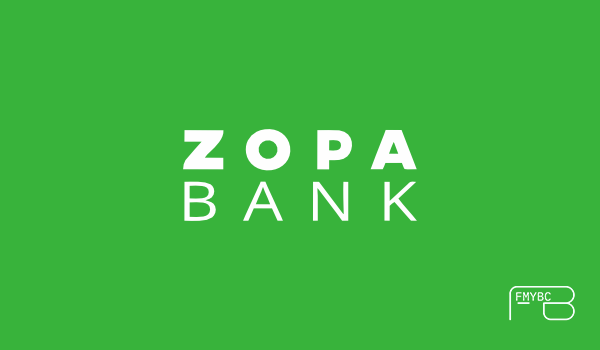
It’s about whether the product works for your situation, how quickly you can get the money, and what it costs you in the long run. Zopa, once famous for launching peer-to-peer lending in Britain, has grown into a fully licensed digital bank. Its personal loans are popular with people who want a quick, no-nonsense borrowing option. But is it really the best fit for you?
The Application Journey
The process starts with a quick eligibility check. Zopa usually requires borrowers to be at least 20, living in the UK for a year or more, earning over £12,000, and showing a decent history with credit. Their online tool runs a soft credit search that won’t affect your score. Within a few minutes, you’ll see a personalised rate.
Next comes the decision on how much to borrow. This is where many people make mistakes. Just because Zopa will lend up to £35,000 doesn’t mean you should stretch that far. If your real goal is to clear £8,000 in card debt, stick with that. Taking £15,000 “for safety” simply drives up your interest.
Loan length matters too. A shorter term – say three years – means higher monthly payments but far less interest overall. Stretch the same loan to seven years and, while the monthly cost feels easier, the total can balloon by thousands. It’s a trade-off that needs thought.
Most applications are approved instantly. Occasionally, Zopa asks for payslips or bank statements. Once you’re through, money often lands in your account within a couple of hours. That’s one of the big differences compared to high-street banks, which can take days.
Questions Borrowers Often Ask

Does Zopa report to credit agencies?
Yes. Paying on time can boost your score; missing payments will damage it.
Can it be used for debt consolidation?
Absolutely. Many people roll multiple balances into one fixed payment with Zopa.
Is the APR negotiable?
No. Rates depend on your credit profile. Improve your score first if you want a cheaper band.
Can I repay early?
Yes. Extra payments are free. If you clear the full balance, there may be a small charge – usually capped at a couple of months’ interest.
What happens if I miss a payment?
Zopa applies late fees and reports it. The best move is to contact them quickly if you’re struggling.
Smarter Borrowing Moves
There are a few tricks that can make borrowing cheaper. Tidy up your credit before applying – pay off overdrafts, keep card use under 30%. Sometimes borrowing slightly less, even £500 less, can tip you into a lower APR bracket. And if you can throw in lump-sum repayments during the loan, you’ll chip away at the interest faster. Timing helps too: apply when your income looks stable, not just after changing jobs. And don’t forget to compare rates with rivals – HSBC, Barclays, and NatWest change their offers regularly.
When Zopa Fits Best
Zopa comes into its own when speed is essential – maybe you need funds the same day or want everything handled online. It also suits borrowers who like flexibility. Being able to repay early without stiff penalties is a major plus.
When a Bank May Be Better
If you’ve got an excellent credit score, you may find a bank offering rates below 10%. High-street lenders like HSBC and Barclays can also be better for very large loans, £40,000 or more, which Zopa doesn’t cover.
Other Avenues Worth Checking
Some alternatives worth a look: HSBC loans from 6.9% APR, Barclays from 8.2%, NatWest around 7.1%, and Tesco Bank sometimes dipping under 7%. For smaller debts, a 0% balance transfer credit card might work out cheaper if you can repay within a couple of years. Credit unions are another option, often with capped interest and a community focus.
Bottom Line
Zopa personal loans won’t always be the cheapest, but they’re fast, transparent, and flexible. For anyone who values convenience and wants to manage everything digitally, they’re a strong contender. Those with near-perfect credit might find cheaper deals elsewhere, but for many borrowers, Zopa strikes a useful balance between speed and control.



 Complete Guide to Getting a NatWest Personal Loan in 2025 <p style='font-size:14px;'>Your Roadmap to Smarter Borrowing with NatWest</p>
Complete Guide to Getting a NatWest Personal Loan in 2025 <p style='font-size:14px;'>Your Roadmap to Smarter Borrowing with NatWest</p>  Asda Money Personal Loan – Fixed Rates & Quick Approval <p style='font-size:14px;'>The Asda Money Personal Loan can help UK borrowers with fast approval, fair fixed rates, and no hidden fees.</p>
Asda Money Personal Loan – Fixed Rates & Quick Approval <p style='font-size:14px;'>The Asda Money Personal Loan can help UK borrowers with fast approval, fair fixed rates, and no hidden fees.</p>  Ocean Personal Loan – Full Guide for UK <p style='font-size:14px;'>Looking for a hassle-free loan with fixed payments and quick approval? Ocean Personal Loan helps UK borrowers get what they need.</p>
Ocean Personal Loan – Full Guide for UK <p style='font-size:14px;'>Looking for a hassle-free loan with fixed payments and quick approval? Ocean Personal Loan helps UK borrowers get what they need.</p>